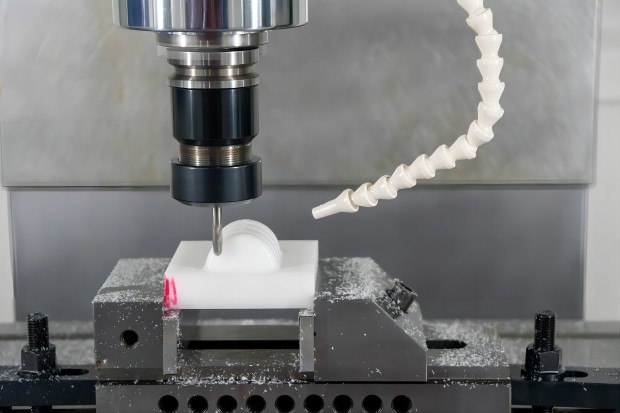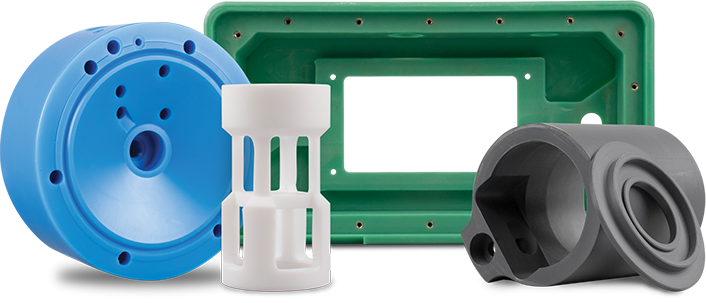
Privacy statement: Your privacy is very important to Us. Our company promises not to disclose your personal information to any external company with out your explicit permission.
Precautions for machining plastic rods and plastic plates

Because plastics are softer than metals, maintaining tight fit tolerances during or after machining can be very difficult. For plastic parts, even very dimensionally stable, reinforced plastics, where a tighter fit is required, a good rule of thumb is to allow a tolerance of ±0.001 inch per inch.
1. Precautions for profile machining
The thermal expansion rate of plastic is more than 10 times that of metal;
Plastic dissipates heat slower than metal, so local overheating should be avoided;
The softening (melting) temperature of plastic is much lower than that of metal;
Plastic is more elastic than metal.
Given these differences between plastics and metals, you will gain hands-on experience with fixtures, tool materials, angles, speeds and feeds to achieve the best machining results. It is recommended to use front cutters with ground and chamfered edges on all sides. For longer tool life and to achieve the best surface finish, surface ground carbide tools are recommended.
2. Coolant selection
The vast majority of machining operations generally do not require coolant (excluding drilling and parting). For the best surface finish and tight tolerances, a water-miscible coolant is recommended. Spray and compressed air cooling are effective on the cutting surface. Although ordinary oil-based cutting fluid is suitable for many metals and plastics, it may cause stress cracking of amorphous plastics, such as PC, PSU, PEI, etc.
3. Machining
During the drilling process, we strongly recommend the use of coolant, especially for cut-sensitive materials such as PAI, PI, PBI and carbon fiber or glass fiber reinforced products. To minimize local overheating and prolong tool life, coolant must be used.
1. Turning: Turning operations require front cutters with grinding and chamfering all around. This kind of cutter reduces chip accumulation at the incision and improves surface finish. For turning operations, fine-grained C-2 carbide knives are best.
2. Drilling: The thermal insulation of the plastic should be considered during the cutting operation, especially when the hole depth is more than twice the diameter.
3. Threading and tapping: For threading, use a carbide tool for single-point cutting, and feed 0.001 inches in the last 4-5 passes. It is recommended to use coolant when threading. For tapping, use a double flute tap and be careful not to collect chips on the tap. It is recommended to use coolant also when tapping.
4. Milling: When the feed rate of the worktable is large and the spindle speed of the milling machine is high, the plastic workpiece must be firmly clamped. When milling flat surfaces, both face cutters and cutters are used.

November 21, 2024
November 20, 2024
November 19, 2024
November 13, 2024
Email ke pemasok ini
November 21, 2024
November 20, 2024
November 19, 2024
November 13, 2024

Privacy statement: Your privacy is very important to Us. Our company promises not to disclose your personal information to any external company with out your explicit permission.

Fill in more information so that we can get in touch with you faster
Privacy statement: Your privacy is very important to Us. Our company promises not to disclose your personal information to any external company with out your explicit permission.